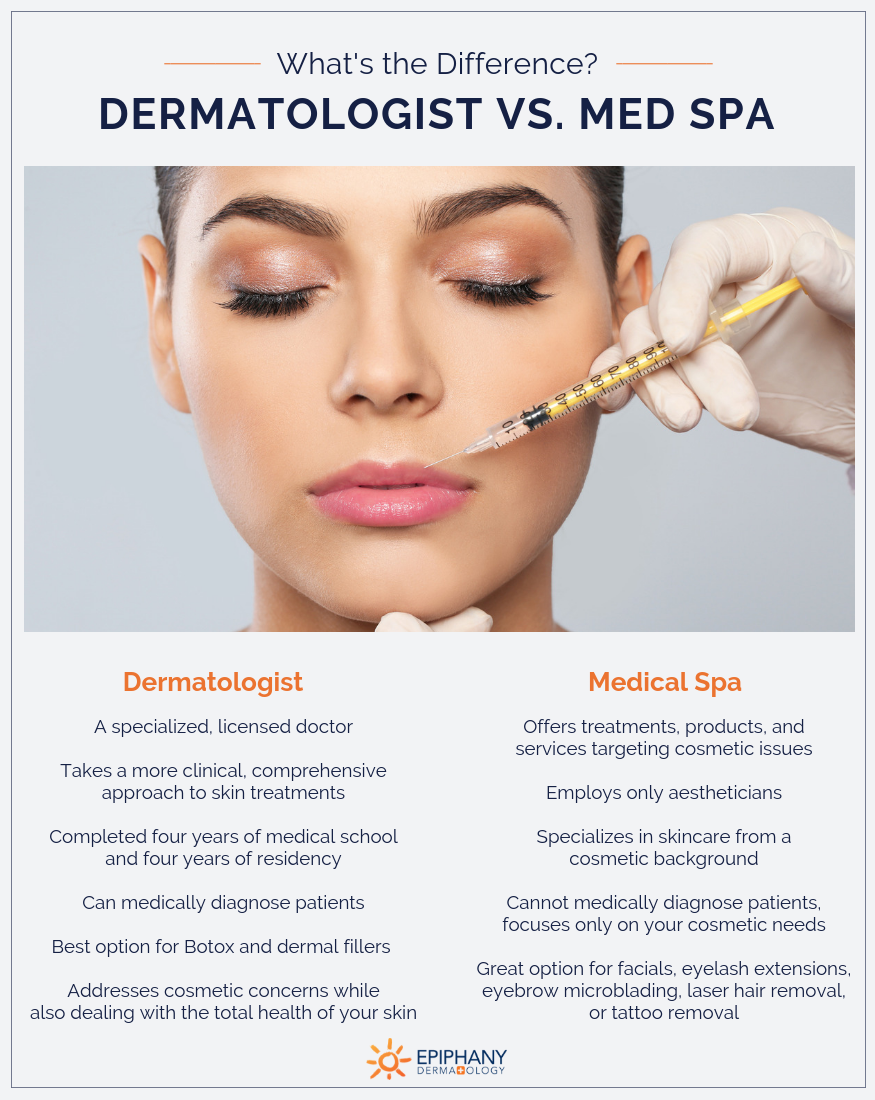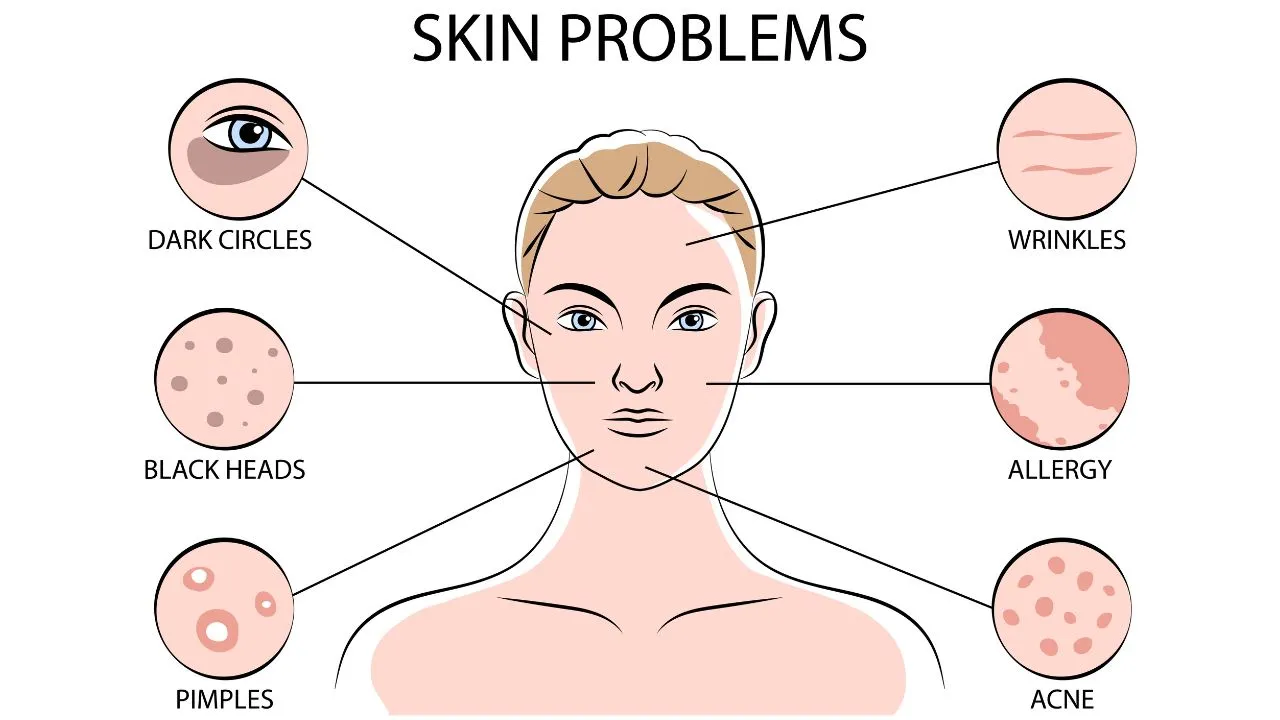Give your skin a fresh look a professional chemical peel for smoother, glowing skin.
Give your skin a fresh look a professional chemical peel for smoother, glowing skin.
Blog Article
Navigating Skin Cancer Treatment: The Essential Duty of Mohs in Modern Dermatology Practices
Skin cancer, a challenging medical diagnosis, frequently leaves individuals grappling with numerous treatment alternatives. As we discover the details of this procedure, one will value its pivotal function in skin cancer therapy.
Comprehending Skin Cancer Cells: Kinds and Risks
Skin cancer cells, a possibly dangerous ailment, is even more common than many individuals realize. This illness, triggered by the uncontrolled growth of unusual skin cells, mostly arises from DNA damages as a result of direct exposure to the sun and ultraviolet (UV) light. There are three main types of skin cancer: Basal cell carcinoma, Squamous cell carcinoma, and Cancer malignancy. While the previous 2 are much less deadly and compose most of detected instances, cancer malignancy is one of the most dangerous. It accounts for only about 1% of skin cancer cases but causes the vast majority of skin cancer deaths - skin cancer. Danger aspects include fair skin, history of sunburn, extreme sunlight direct exposure, living at high elevations or near to the equator, having many moles, a family history of skin cancer cells, and weakened body immune system.
What Is Mohs Surgery and Exactly How It's Changing Skin Cancer Cells Therapy
Regardless of the various treatments presently available for skin cancer cells, Mohs surgical procedure stands apart as a groundbreaking and very efficient remedy. Named after Frederic E. Mohs, the medical professional who established the treatment, Mohs surgery is an exact surgical method made use of to treat skin cancer. Throughout the procedure, thin layers of cancer-containing skin are considerably eliminated and examined up until just cancer-free cells remains. This technique permits the cosmetic surgeon to confirm that all cancer cells have actually been eliminated at the time of surgical treatment. This degree of precision, combined with the capability to save as much healthy and balanced tissue as possible, is reinventing skin cancer cells therapy. Therefore, Mohs surgical procedure has actually ended up being a cornerstone of modern dermatology methods.
The Benefits of Mohs Surgical Procedure Over Typical Skin Cancer Cells Therapies
Structure on the cutting-edge nature of Mohs surgical procedure, it's important to consider its various advantages over typical skin cancer cells therapies. Unlike guidelines, Mohs provides a higher treatment price, typically reaching 99% for first-time treatments and 94% for persistent cancers. This accuracy results from its special method of progressively getting rid of and checking out cells layers until just cancer-free cells stay (mohs surgery). Furthermore, it minimizes damages to healthy skin, leading to much less scarring and enhanced aesthetic results. Mohs also gives instant results, removing the anxiety-ridden wait usual with other approaches. It's cost-effective, as the surgical procedure and microscopic assessment happen simultaneously, eliminating the requirement for additional lab services. Therefore, Mohs stands for a significant innovation in dermatological methods.
The Procedure of Mohs Surgical Treatment: What to Expect During the Process

Possible Negative Effects and Post-Operative Care of Mohs Surgical Treatment
Undergoing Mohs surgical treatment, like any kind of other operation, involves prospective side impacts that people need to be conscious of. Usual adverse effects consist of pain, wounding, and swelling at the surgical treatment site. Nevertheless, these are usually momentary and convenient with over the counter pain medication and ice bag. In uncommon instances, clients might experience infection, blood loss, or an allergic response to the neighborhood anesthetic. Post-operative care is essential to recovery and lessening adverse effects. This usually entails keeping the wound tidy and dry, taking proposed medications, and preventing difficult activities. People need to additionally participate in all follow-up appointments for wound treatment and monitoring. In some instances, extra treatments might be required to make certain complete elimination of the malignant cells. Sticking to these post-operative treatment guidelines his response can substantially improve recuperation and outcomes.
Verdict

Report this page